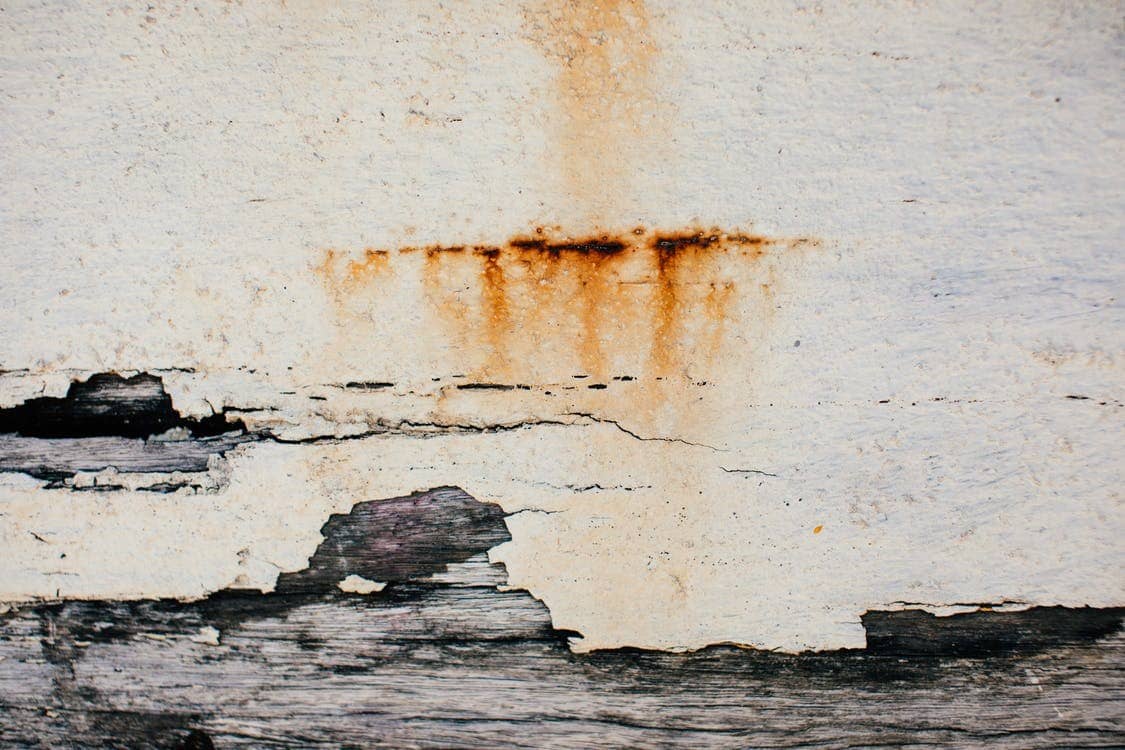Discovering water damage in the house often leads to certain panicked and alarming consequences. From quickly moving your domestic appliances and furniture so that they don’t get damaged to calling your homeowner insurance to see if they could help you out. – it could get pretty exhausting. But don’t worry; even if you don’t have time to wait, you need to be tactical about controlling further water damage.
Things to do if you discover water damage
Here, we have listed down some steps which could help you overcome this challenge effectively:
Identify the source of water
Identifying the water source is the primary step to control the water damage. It tells you about the type of water you are dealing with. There are three different types of waters flowing through the pipelines around your home. You cannot deal with all of them without certain safety precautions. First is clean water, which usually causes damage after heavy rain or a leaky pipe. You can easily clean up such damages by yourself. Second is the gray water which is then wasted water from clean toilets, dishwashers, and washing.
It can be challenging to clean up this type of water because of its containment. But it is possible with some professional safety gear and thorough removal of the dirt. The third is the black water, which you may encounter due to sewage and other filthy containment. It contains harmful bacteria. Therefore, you should contact a Water Damage Advisor to help you perform repairs professionally for all this work. They are instrumental in helping out in emergencies and swiftly restoring damages caused by unforeseen disasters.
Dry out the damaged area immediately
Drying out the damaged area can be time-consuming, but it has to be thorough to have no moisture left in the wall or the ceiling. You have to do it as soon as possible, or it poses a risk of further damage. Even if there are small leaks that you can easily dry out, you would need some extra appliances like hand-fans and blow dryers to help you out. Suppose the surface affected is larger in area. In that case, you may have to rent a dehumidifier that could help you dry out the wood, carpet, or clothing nearby the water damage.
You cannot leave moisture in the flooring or the walls because there is a chance of growth for mold and fungus, which could cause even more damage. First, displace all the furniture from that space and dry out the place carefully. Then, look under floorboards and carpeting to see if the water has penetrated through. After you have entirely inspected your home, only then would it be wholly dried out because water tends to form hidden moistures in the corners of the rooms.
Throw out and replace the damaged material
Suppose you think you cannot save your porous material like carpet or wooden flooring. In that case, it’s better to remove the damaged part as soon as possible. The water may spread out the longer you wait, and it can spoil the material completely. So, cut these pieces out and separate them from the rest before the water causes any more deformation or shrink. Even if you think you can save a piece of furniture, you must isolate it and dry it out.
After you’ve completely emptied the place, you can see what has been causing the problem and fix it. But before you seal it completely, make sure to disinfect the area. Since sometimes even clean water damage includes bacteria, it is better to ensure that you’ve removed all mold and germs. You can use a simple bleach solution to help you sterilize the whole area, or you could look up a few useful homemade cleaning solutions. After spraying the area with the disinfectant and wiping down the damaged area, be sure to leave no spores for mold.
Check, cover, and caulk
Checking and thorough inspection is the first step towards repairing the water damage. Start from the ceilings – when exposed to damage, they pose the greatest risk of falling and triggering casualties. The roof problem might be due to leakage in a pipe and needs simple replacement. It could be something as serious as structural damage and requires a professional to fix the damage. Seal your roof after you’ve gotten rid of all excess moisture and ensured that the water couldn’t seep through anymore. Unfortunately, if you have a wooden structure, you will have to replace the whole thing top to bottom because of the rotting wood.
Take out each part, clean beneath the surface, and then replace it to maintain the right structural support. After you have inspected and replaced the damaged material on the walls, ceiling, and floor, now is the time to cover the damage. You may need to replace the entire sheet of drywall in case of drywall water damage, or if the space needing replacement is small then, you can just cut out the wet-stained damage part. Now patch up your wall, give it a touch-up with a fresh coat of matching paint. Then caulk the new material and ensure better plumbing to lessen future water damages.
Conclusion
Water damages are common – sometimes they are gradual. You can see them slowly happening, such as seepage in the ceilings or bathrooms. But sometimes, they are unstoppable, like rainwater filling up your basement or storm causing your roof to drip. In such situations, it’s better to be prepared and safe. Take quick and decisive actions, save as much as you can but first and foremost, and ensure your security. Sometimes seemingly small water damage can lead to the collapse of ceilings, and hence, you have to be vigilant.




